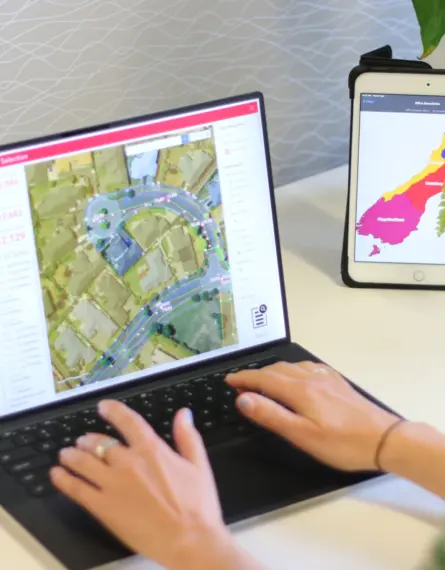
UrbanismNZ 2023
“Politicians can set the regulatory status, but it is hearts and minds that create an understanding and a true direction forward. It is the psychology of involving and empowering the community through a deliberative process, to critically examine the issues and opportunities, through creative co-design and seeing-is-believing, that develops consensus solutions.” JTP
18 May 2023 | 4 min read
UrbanismNZ 2023
This UrbanismNZ 2023 presentation was originally titled ‘Christchurch says no to anywhere-goes intensification’. It was at the time Christchurch City Council, and many other Councils around the country, were looking to notify Plan Changes in response to the NPS-UD and the Resource Management Amendment Act. But it was also at a time when Christchurch residents spoke up - and our Councillors listened.
Christchurch residents are used to change. In the 12 years since the devastation of the earthquakes, residents have lived with change and expect change. But they also know what they have lost in their city, and what ‘sense of place’ means to them. Christchurch residents were wanting more say in the way intensification would be delivered in their city. The Council listened – and voted against introducing new housing intensification standards as proposed.
Fast-forward to today and submissions have just closed on Council’s revised Housing and Business Choice Plan Change (PC14) – so the process is underway. But where to from here? This top-down planning approach gives a mandate to build more, much needed, homes - however top-down regulatory direction does not a successful place make!
How do we achieve the desired goal of more homes and more amenities, in the right places with the liveability that we all want. What is our role as urban designers, to ensure we deliver as ‘placemakers’? What else is in the toolbox to enable intensification that enables thriving, resilient communities now and into the future?
It isn’t just about the Acts, the Plans, the maps, the talk, or the best design guidance in the world……the process needs to engage the experts – the people that know the place, are invested in the place and will be using that place long after the development has been delivered. The community.
Participatory placemaking techniques are used extensively overseas by both the private and public sectors. Here in New Zealand, ‘placemaking’ is understood as ‘place activation’ - where communities are engaged with to activate and use the built spaces. However, placemaking is about engaging with people in the whole process – it is understanding the community, the place and what needs to change, right through to designing, communicating, and delivering the (intensification) required.
I reached out to former colleagues and international leaders in ‘collaborative placemaking’ and participatory planning processes, Marcus Adams and Charles Campion at JTP to illustrate the intensification outcomes possible through their internationally recognised participatory process.

‘Placemaking is about putting people at the heart of the creative process, unearthing the real needs of a community, empowering stakeholders, creating goodwill, inspiring community spirit and building consensus. Far from imposing ready-made off the shelf solutions, the Vision must be created together. This leads to places that are vibrant, valued and sustainable from the outset.’ Charles Campion, JTP
JTP are based in London, UK, but work in many countries, with many different communities. Founded by John Thompson and Partners in 1995, JTP has practiced and published on collaborative placemaking for the last 25+ years. John sadly died at the end of last year and leaves behind a phenomenal legacy in JTP and The Academy of Urbanism. Marcus Adams, Managing Director and Charles Campion, Collaborative Planning Director have a wealth of experience in the UK and abroad and shared a couple of examples here to illustrate what this design process can achieve.
While the presentation is a mere snapshot of their work, it is focused on how their process truly enable and empower the receiving communities – for both residential intensification and town centre regeneration. It also highlights that both public and private sector clients see this process as valuable and viable. This process works – for the short and the long-term.
UrbanismNZ 2023 showcased an impressive range of participatory design and planning processes, particularly alongside mana whenua and local communities. JTP’s ‘collaborative placemaking’ approach showcases how New Zealand can learn from others to deliver the intensification we need – with the people that are affected. The community.
Urban design is inherently collaborative – let’s draw on our international colleagues to learn from – to deliver for all our local benefit. Shaping communities from the ground up.


